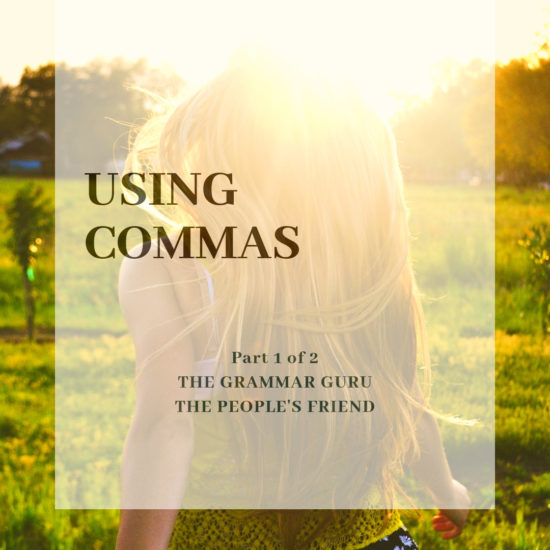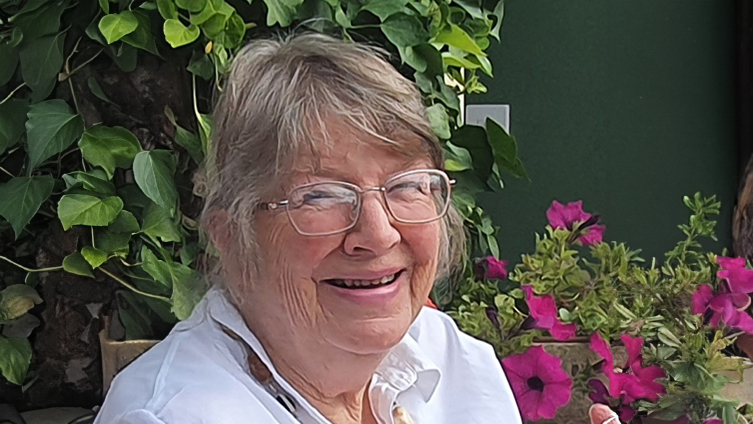
The comma is the most commonly used punctuation mark in the English language. But the Grammar Guru knows that figuring out when you need to use one, and where to put it if you do, can sometimes be tricky.
There are nine(!) circumstances where a comma should generally be used. This sounds like a lot, but fear not – many of these will be quite obvious to you. Although, as with many grammatical rules, some of them can be ignored for rhetorical reasons (just to keep you on your toes…).
Because there’s quite so much to cover, we’ve decided to split this topic across two articles. So if you think we’ve missed something, it may be that we’re keeping it for part two!
After Setting The Scene At The Start Of A Sentence
The beginning of a sentence often sets the scene (giving details of a place, time or situation, for instance). This is usually followed by a comma.
“At 3 p.m. on Tuesday, Iain will go to the shops.”
“In Narnia, chatting with feline allegories for Christ is not unusual.”
Sometimes, however, a comma is not strictly required.
So, both “Now, I’m beginning to believe it.” And “Now I’m beginning to believe it.” are correct, but the sentence may flow better without the comma.
You also need to be careful that adding a comma doesn’t accidentally shift the emphasis of the sentence. Take a look at the below:
“Now you tell me!”
“Now, you tell me!”
In the first example, the emphasis is on the word “tell” (this character is referencing something they have been told); in the second, it is on the word “now” (this character seems to have been told to accomplish something right away).
It is a subtle difference, but an errant comma can affect both the meaning and flow of the words.
After Transitional Phrases
A transitional phase is found at the beginning of a sentence and links it to an idea in the previous sentence. Common examples of transitional phrases include: however, therefore, consequently, as a result.
Whenever these are included, they are always followed by a comma.
Iain went to the shops, and consequently he has food in the fridge.
“I don’t have any cheese. However, I do have beer.”
After An Interjection
Interjections express an emotion or feeling. These will almost always be followed by a comma.
“Great, I need to go to the shops.”
The word “great” is the interjection here. Other examples include “yes”, “indeed”, “phew”, “jings”, etc.
If the interjection expresses a particularly powerful emotion, you can follow it with an exclamation mark instead.
“Crikey! Is it necrotising fasciitis?”
Before A Conjunction Joining Two Independent Clauses
A comma is usually found before a conjunction (words like “and”, “or” and “but”) which joins two standalone sentences.
Iain needs to go to the shops, and to the doctor.
The conjunction here (“and”) is joining two standalone sentences (“Iain needs to go to the shops.” and “Iain needs to go to the doctor.”)
For the sake of sanity, we’ll leave it there for Part 1. The Grammar Guru continues the discussion in Part 2, here.




